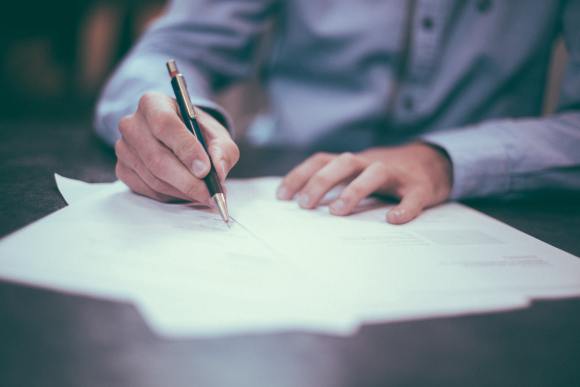
What occurs in Mediation
On the day of the mediation meeting, after the parties have settled into the mediation room with the mediator, the mediator will ensure both parties are comfortable and ready to proceed.The mediator will outline the time set aside for the mediation and check whether either of the parties have any time constraints.
The mediator will check that both parties have the authority to settle and that the mediation agreement and any third party confidentiality agreements have been signed. The confidentiality agreement cannot be used outside the mediation, unless the law requires otherwise.
The mediator cannot be called as a witness if the matter goes to court. However, if agreement is reached, the mediated agreement can be converted by a lawyer into a document for filing in court.
The mediator is neutral and impartial and will guide the parties through the process and facilitate communication.
Mediator’s opening statement: the mediator manages the expectations of both parties. The mediators opening statement:
- Creates a safe place
- Establishes authority
- Creates structure
- Clarifies role and responsibilities
- Establishes commitment to work to settle the dispute
Each party is then invited to make an opening statement.
Parties opening statements and summary :
- Provides each party the opportunity to state why they are here
- Presents an opportunity to hear and be heard
- Establishes confidence in the process
- Identifies what needs to be explored. These become the agenda items or termed “a road map”.
Identify matters for discussion: the mediator will then summarise both opening statements and help identify topics for discussion based on the parties statements. By the mediator talking through the process gives each party confidence that their issues will be talked about. The mediator will use a white board (or chat option under online mediation) to list the agenda/road map items.
Explore and define the problem: the parties then have the opportunity to explore/discuss the agenda items. This identifies the parties’ needs and interests. This creates a shared understanding and identify common ground.
Separate sessions: The mediator then meets separately with the individual parties to explore issues. The separate sessions are strictly confidential. The mediator will check in with how the parties are coping/feeling. This provides an opportunity for each party to raise anything with the mediator in a confidential and structured environment. It prepares parties for their negotiation.
Generate and explore options: the mediator assists the parties:
- To generate a range of options.
- Facilitates negotiation of outcomes
- Establishes commitment to achieving mutually satisfactory outcomes.
- Helping parties move from position to interest.
Evaluate options and negotiate outcome: evaluating the options:
- Clarifies for the parties the likelihood of a sustainable agreement-how will this work in real life?
- Assists both parties in identifying the details that will enable implementation of an agreement eg is there a reporting requirement? Have all legal requirements been considered? How do we communicate the outcome?
Finalise agreement and close:
- Moves both parties to implementation.
- Confirms the details
- Provides written confirmation of what, where, when, how (including post mediation arrangements).
- Conclusion: congratulations for what was achieved and reaffirming the importance of confidentiality (including destroying notes).